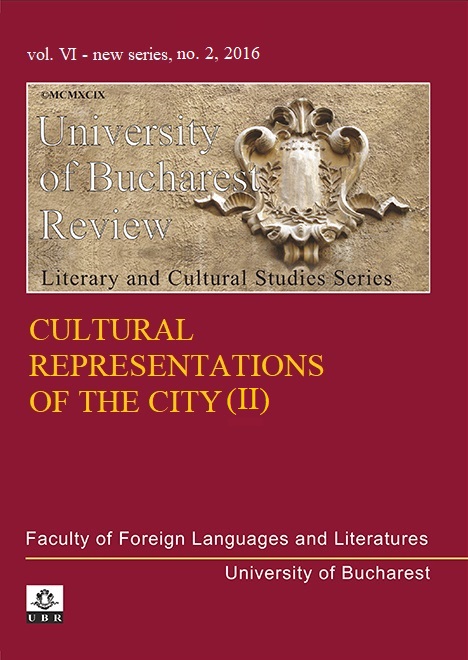MAPPING POVERTY
IN LATE-VICTORIAN FICTION
MAPPING POVERTY
IN LATE-VICTORIAN FICTION
Author(s): Harputlu ZeynepSubject(s): Cultural history, Fiction
Published by: Editura Universităţii din Bucureşti
Keywords: mapping; poverty; slums; Victorian London; George Gissing; Arthur Morrison; Charles Booth
Summary/Abstract: The increasing numbers of urban poor and the unprecedented growth ofVictorian London significantly altered the ways in which social and moraldifferentiations came to be written into the structure of the city in the late nineteenthcentury. In George Gissing and Arthur Morrison’s city, this paper argues, the‘otherness’ and ‘isolation’ of the poor were explicitly identified and narratedthrough mapping poverty with a naturalistic representation of smaller spatial unitswithin the borders of impoverished districts. Considering Charles Booth’s distinctiveanalysis of London as a physical structure in Labour and Life of the People (1889-1903), this article provides a comparative approach to the representation of urbanpoverty and slums in Gissing’s The Nether World (1889) and Morrison’s A Child ofthe Jago (1896) with an emphasis on physical boundaries, spatial segregation andnaturalism. In these works, the outcast poor dwell in strongly classified spacesbecause of their difference; they are considered deviant and a threat to the structureof power in the metropolis, where an increasing consciousness of boundaries and ofspatial order exists. Gissing’s city is generally described as dull and monotonous,while Morrison’s streets are full of grotesque and lively characters corrupted bysocio-economic conditions and trapped in East London.
Journal: University of Bucharest Review. Literary and Cultural Studies Series
- Issue Year: VI/2016
- Issue No: 2
- Page Range: 41-55
- Page Count: 15
- Language: English

